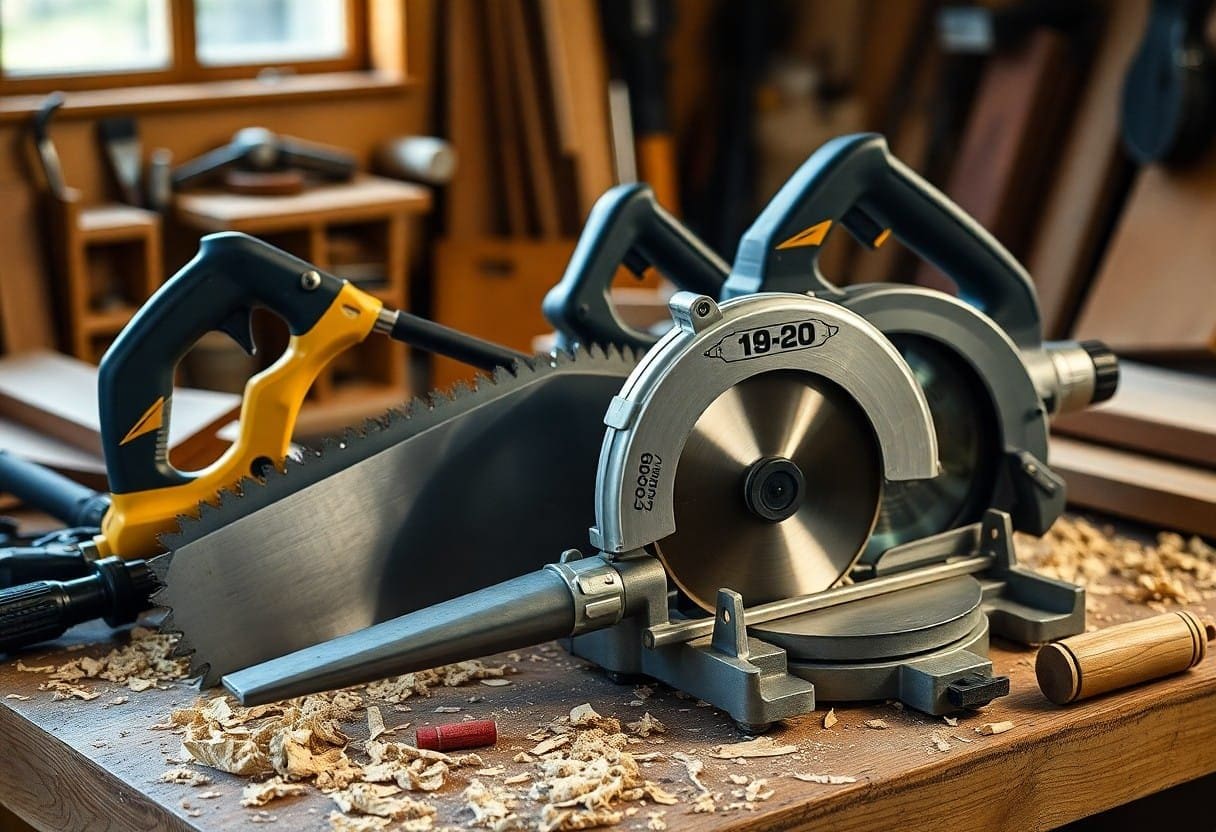Tools are the backbone of your carpentry projects, allowing you to create precise cuts and intricate designs. Whether you’re an experienced professional or an aspiring carpenter, investing in the right saws can significantly enhance your craftsmanship and efficiency. Here are some of the best saws that you should consider incorporating into your toolkit.
First on the list is the table saw. This saw is a staple in any carpenter’s workshop, providing exceptional versatility for a variety of cuts. With its large flat surface and powerful motor, the table saw allows you to make straight cuts quickly and accurately. If you’re working on bigger projects and need to handle sheet goods or thick lumber, a table saw will prove to be an invaluable asset. While choosing a model, prioritize features such as a reliable fence system and safety features like blade guards.
The next imperative tool is the miter saw, perfect for making angled cuts. If your work involves trim, crown molding, or framing, a miter saw offers precision and ease. You can rely on it to make crosscuts with various angles, allowing you to achieve that perfect fit. Notably, compound miter saws come with additional capabilities, enabling you to tilt the blade for bevel cuts. Selecting a saw with a laser guide or built-in stop system can enhance your cutting accuracy even further.
For tasks requiring finesse, a jigsaw is indispensable. This tool is excellent for making intricate cuts, especially in wood and composite materials. If your projects often involve curves or complex shapes, a jigsaw allows you to navigate those challenging contours with ease. Look for a jigsaw equipped with variable speed settings and orbital action to give you complete control over your cuts. Be sure to use the appropriate blade type for the material you’re working with, as different blades will affect the smoothness and precision of your cuts.
An imperative addition to your collection is the band saw. This tool excels in cutting thick materials and allows for smooth, curved cuts that a table saw or miter saw might struggle with. Band saws are particularly useful for resawing lumber, helping you to create thinner sheets from thicker pieces. When identifying a band saw, consider the throat capacity and the size of the wheels, as these factors influence the tool’s capabilities and ease of handling.
Last but not least, a handsaw might seem old-fashioned, but it still holds value in your toolkit. This simple tool offers a level of control that power saws can sometimes lack, making it perfect for small, precise cuts. Moreover, a handsaw can be handy for quick tasks where you don’t want to set up power tools. Look for a quality handsaw with a comfortable grip and a fine tooth count for cleaner cuts.
Ultimately, having a variety of saws at your disposal allows you to tackle a broader range of carpentry projects with skill and efficiency. Invest in these imperative tools to not just amp up your versatility but also improve the quality of your craft.




